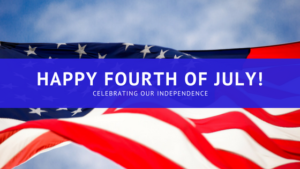For Die-Hard Fans Only
Big movie fan? You might definitely be interested in owning one of these classic movie props. Sold through the Profiles in History auction house, the following earned the honor of the world’s most expensive movie props. They are…
• The Flying Car from ‘Chitty Chitty Bang Bang’ sold at auction for $805,000, well under the asking price of $1 – $2 million.
• The Aston Martin from ‘Goldfinger’ sold at auction for $4.1 million in 2010. This may seem expensive, but it came equipped with many James Bond-type gadgets: an ejector seat, machine guns, rotating license plates and other spy gear.
• Luke Skywalker’s Lightsaber from ‘Star Wars’ sold for a whopping $212,141, one of the most expensive items sold from the movie.
• Audrey Hepburn’s famous black gown from ‘Breakfast at Tiffany’s’ (there were three made for the actress) sold for $923,187.
• The DeLorean DMC-12 from ‘Back to the Future III’ sold for $541,000. Too bad the hoverboard wasn’t included.
• The Porsche 911 that Steve McQueen drove in ‘Le Mans’ sold for $1.25 million, and the racing suit he wore went for $984,000.
• The actual Maltese Falcon from ‘The Maltese Falcon’ sold for $398,500 to famous jeweler, Ronald Winston, president of Harry Winston Jewelers. Given that the statuette was jewel encrusted, it’s no wonder.
• The Blaster, the futuristic gun used by Harrison Ford in ‘Blade Runner’, sold for $270,000.
Source: news.moviefone.com



